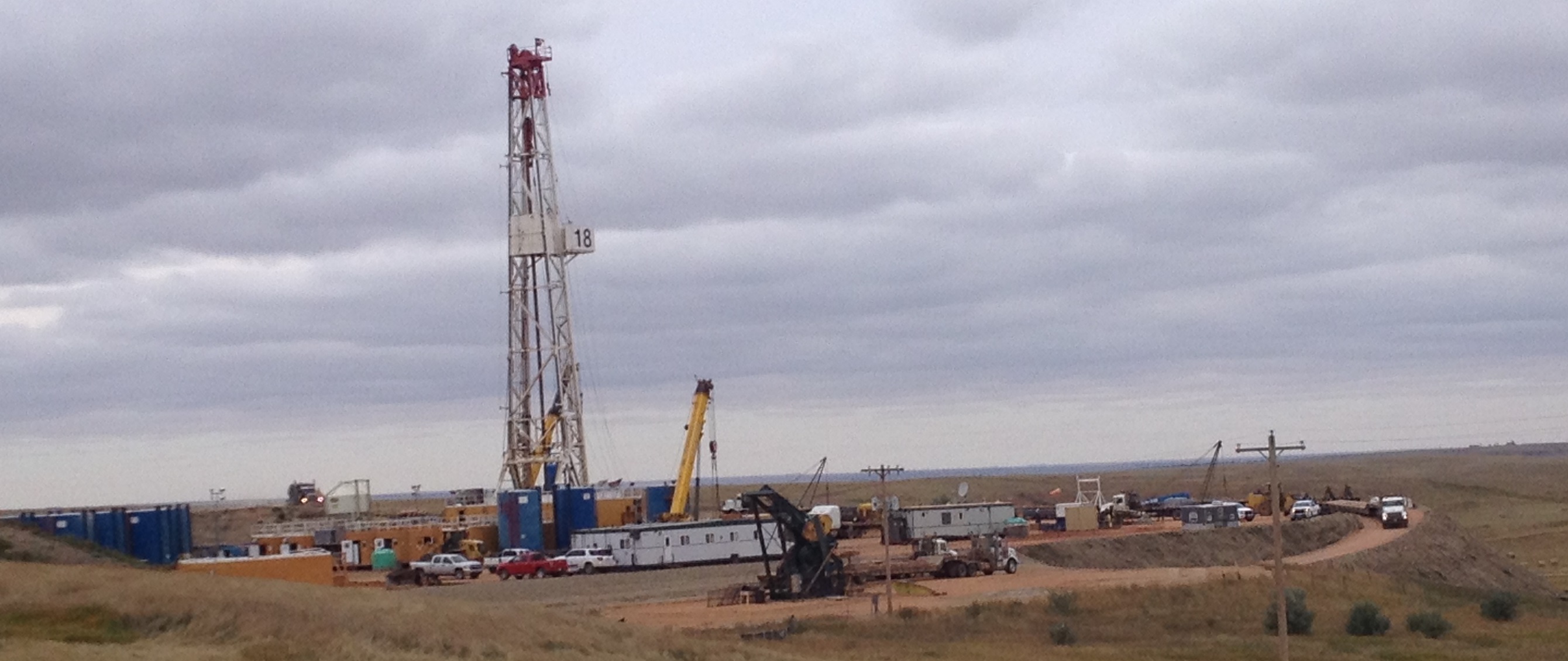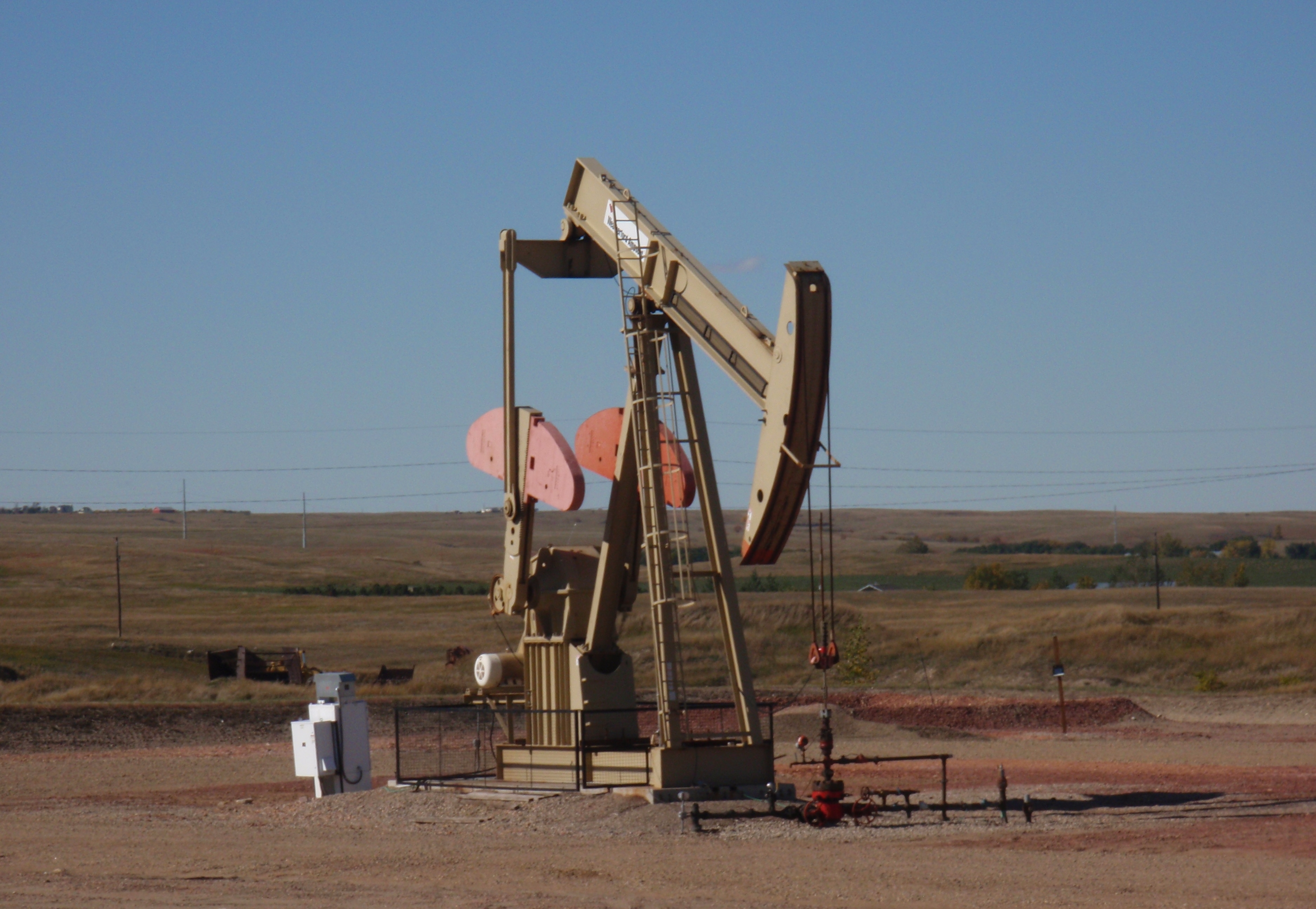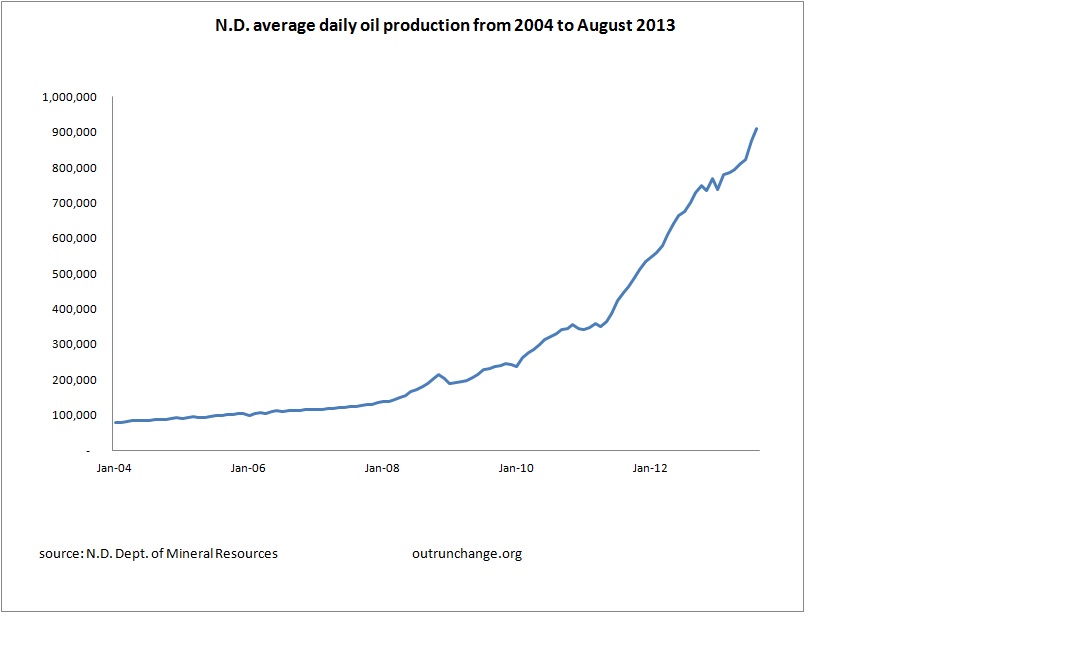Professor Tom Tunstall has a great TEDx San Antonio presentation. He provides a high level overview of shale oil and gas.
Update 12-16-13: You can view his presentation directly on YouTube. I watched again today. It is superb.
Update 12-27-13: Eagle Ford Shale blog has a list of seven takeaways – Eagle Ford Growth Means Opportunity – TED Talk – Video .
Update: Why does the Eagle Ford shale field run across the border into Mexico but production stops at the Rio Grande? Political and economic issues depress production in Mexico. As I’ve long said, you don’t have to benefit from the energy under the ground.
[youtube=http://www.youtube.com/watch?v=JyqMYLedpdg]
He also goes into detail about the needs for local communities in boom areas to focus not just on roads, but the full range of infrastructure, such as K-12 schools, water treatment, hospitals & clinics, parks, and community meeting places. The full range of quality-of-life issues have a major role in people deciding where to live.
Wise local leaders will try to develop other industries that will sustain when there is a slowdown in energy. As a starter idea, he suggests higher end agriculture, such as raising olives and processing olive oil. Hunting, geothermal, water desalinization are other options.
Great video. Prof Tunstall’s section is about 10 minutes long. Well worth your time.
His portion starts about the 7 hour, 11 minute point. Here is the link again: http://new.livestream.com/tedx/TEDxSanAntonio/videos/32045908




